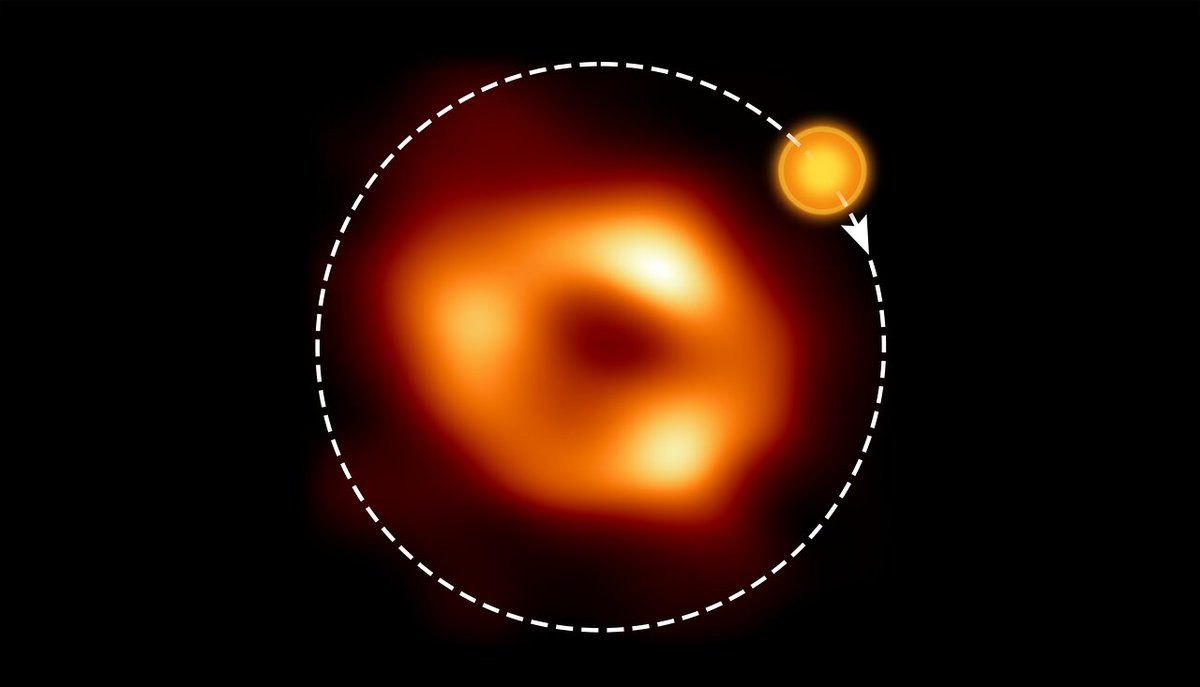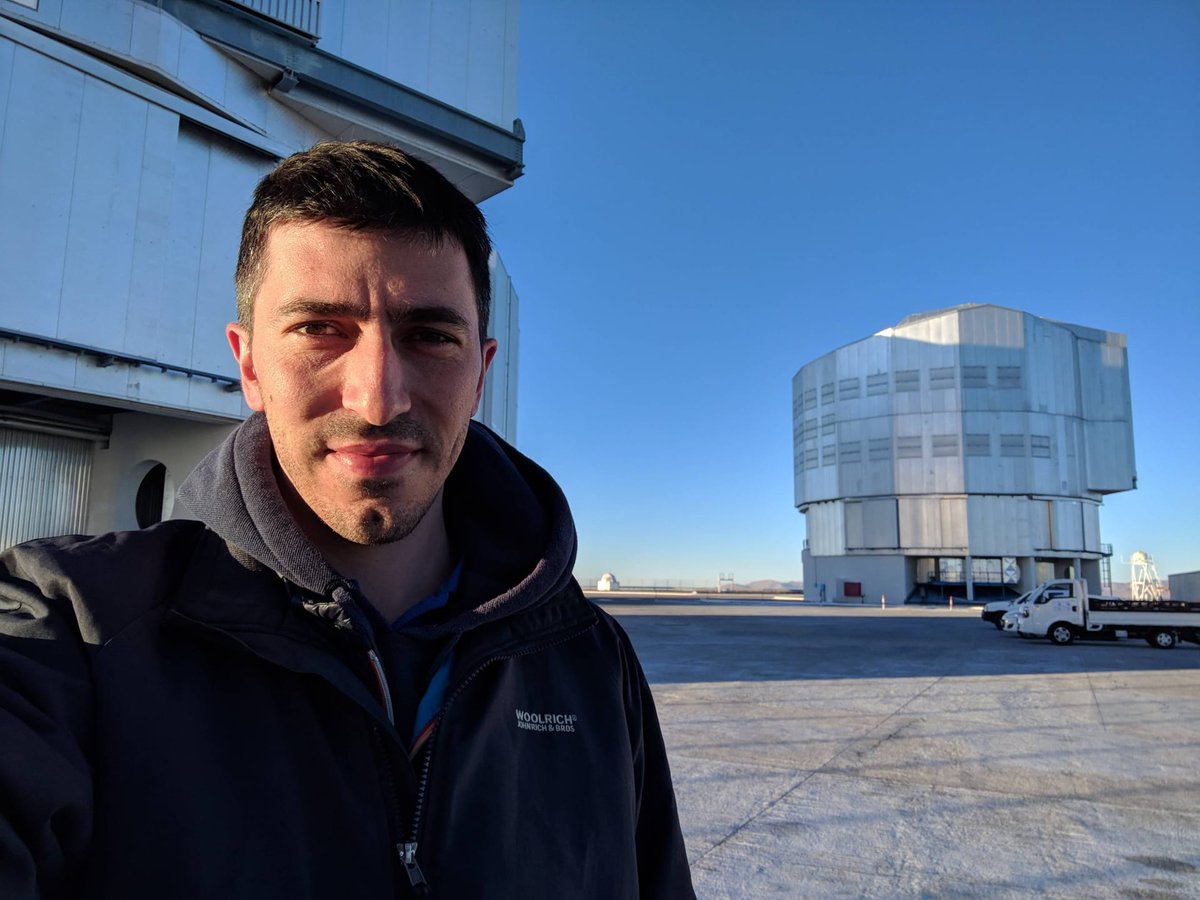1/ Like in this image of the star Albireo with Starlink satellites, an increasing number of satellites will be detectable above all astronomical observatories. #ProtectDarkSkies
Credit: Rafael Schmall
Credit: Rafael Schmall

2/ We are actively involved in research to study the potential effects of new satellite constellations. Our studies found that telescopes such as our VLT and ELT will be “moderately affected” by these satellites. (3% of twilight observations) #ProtectDarkSkies
3/ The greatest impact of new satellite constellations will be felt by wide-field surveys made by various telescopes, with 30-50% of twilight observations being “seriously impacted”. #ProtectDarkSkies
4. If you want to learn more about how we can protect our dark and quiet skies, visit ESO’s dedicated webpage. 🔗 eso.org/public/about-e… #ProtectDarkSkies
• • •
Missing some Tweet in this thread? You can try to
force a refresh















